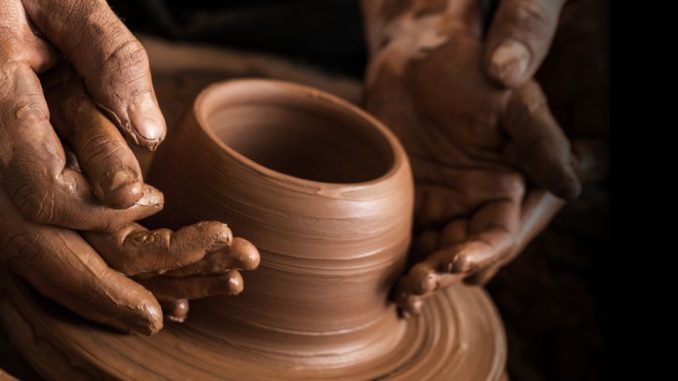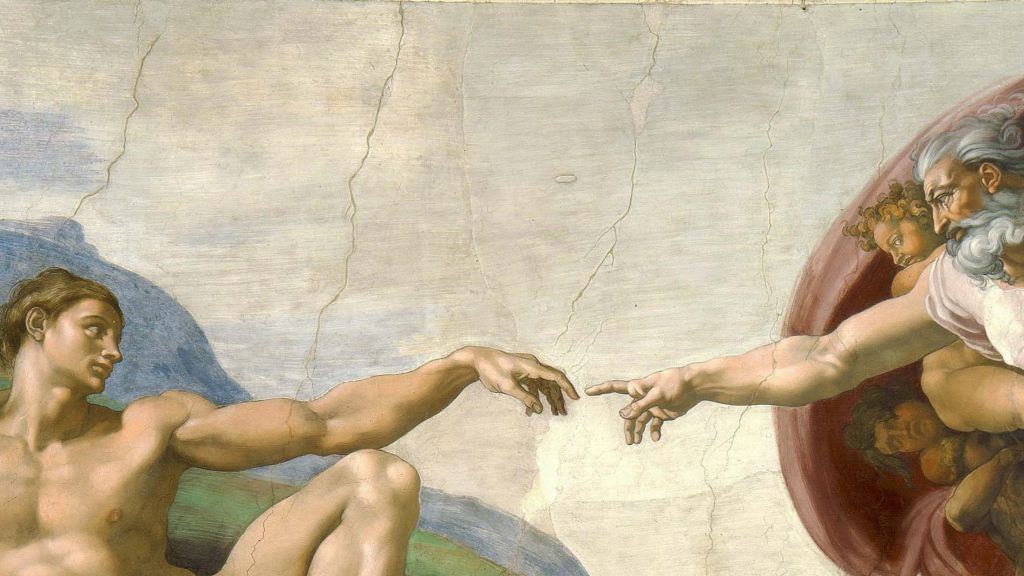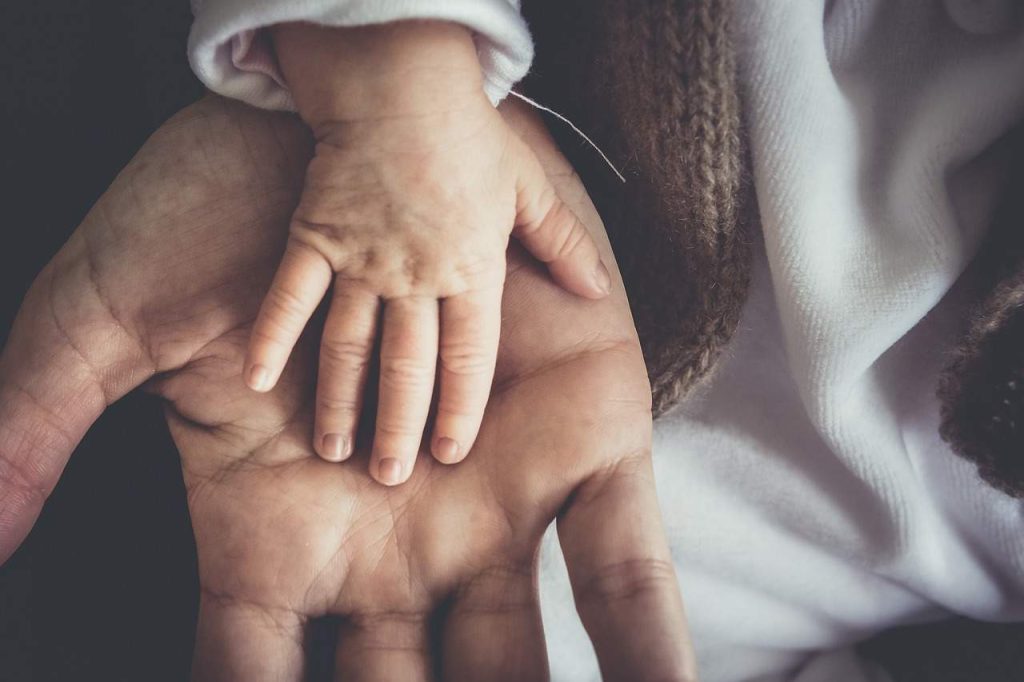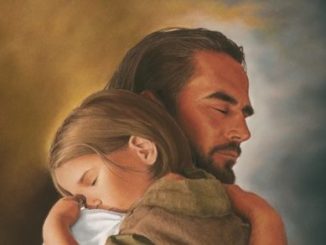
In just a couple of weeks, we will be commemorating Jesus’s immense love and sacrifice for us through the remembrance of Good Friday. Though Jesus Christ is the Son of God, He came to earth as human – fully God and yet also fully human – so that we may have the hope of reconciliation with our Heavenly Father and an abundant and eternal life as His children.
While we often remember Good Friday in the context of God’s great love, this deep love was already there during Creation. God created the heavens and the earth; but when He focused creative action on humankind, something unique was given: His own image (Genesis 1:26). Indeed, when Jesus walked among us more than 2000 years ago, He demonstrated to us what it means to be created in the image of God.
Yet, few elements of Bible exposition are as limited as this – the image of God – and unlike many other themes, this one receives only occasional mention and no extended treatment. What the “image of God”, then, and what difference it makes to life experience are often confined to debates by theologians who must apply brief Bible teachings to sort out what humanity is about.

Though somewhat neglected, this idea of being created in God’s image is extremely important in our overall understanding of what it means to be human. Furthermore, as children of God, it is important we understand this concept and what it means to our relationship with others in this world and with Him. It considers such questions as what differentiates us from beasts, and encourages us to take stock of the obligations and opportunities this difference presents.
The image of God is first mentioned in the Old Testament in Genesis 1:26-27, 5:1-3, and 9:6. In Genesis 5:3, the image appears also in Seth, son of Adam. indicating that it was a grant for all time, not merely to the original “parents”. The image of God makes all humans distinctive, a unique creation of God.

Some say that God’s image and what sets us apart from beasts is human reason, the capacity for problem solving, for logical thinking, deduction, for abstract calculation and self-awareness. However, despite humans being clearly well ahead of beasts in such mental activities, minimal versions of these skills have been observed in some non- human species. Evidently this is not all.
The great church father Augustine suggested that the image was a capacity for memory (hence history and self-understanding), along with will, love, and justice. That is, the image of God also endows on us the capacity to invest meaning into our lives that goes beyond the instinctive. The renowned theologian Karl Barth would later, as much as anyone, locate the image of God in a distinctive biblical frame.

In the New Testament, Jesus bears the image (2 Corinthians 4:4; Philippians 2:6; Colossians 1:15). Jesus does so as the fullest expression, the complete manifestation, of God’s unfailing love for humankind. The concept of being created in the image of God comes within the context of a covenantal relationship with God.
Jesus establishes a new covenant or promise with humanity, and humans know (beasts do not) that a purposeful life means growth in this covenant relationship with God. We understand ourselves as we know God. Motivation to live well, do good, and regard others’ welfare arises from gratitude for God’s promise of eternal covenant with us.
From a scientific or psychological explanation it has been shown that humans have much larger frontal cortexes than animals. In that part of the brain, we solve problems and engage in critical thinking. But also from that part, we feel compassion, love, justice, and so forth.

The knowledge that we are created in the image of God informs us on issues from childbirth to international rights. Contemporary arguments concerning the right to life, regardless of background or whether the life is that of a baby or an elderly person, whether rich or poor, depend largely on the belief that all humans are “made in God’s image”. Calls for justice for refugees, ethnic minorities, and women and children are similarly grounded in the uniqueness and majesty of human life.
Despite its ambiguity, the Bible’s teaching that we bear God’s image has been monumentally important throughout history, and it still is to this day.
This article is informed and guided throughout by a book on Biblical concepts published by Barbour Publishing.
|Share The Good News|




Leave a Reply